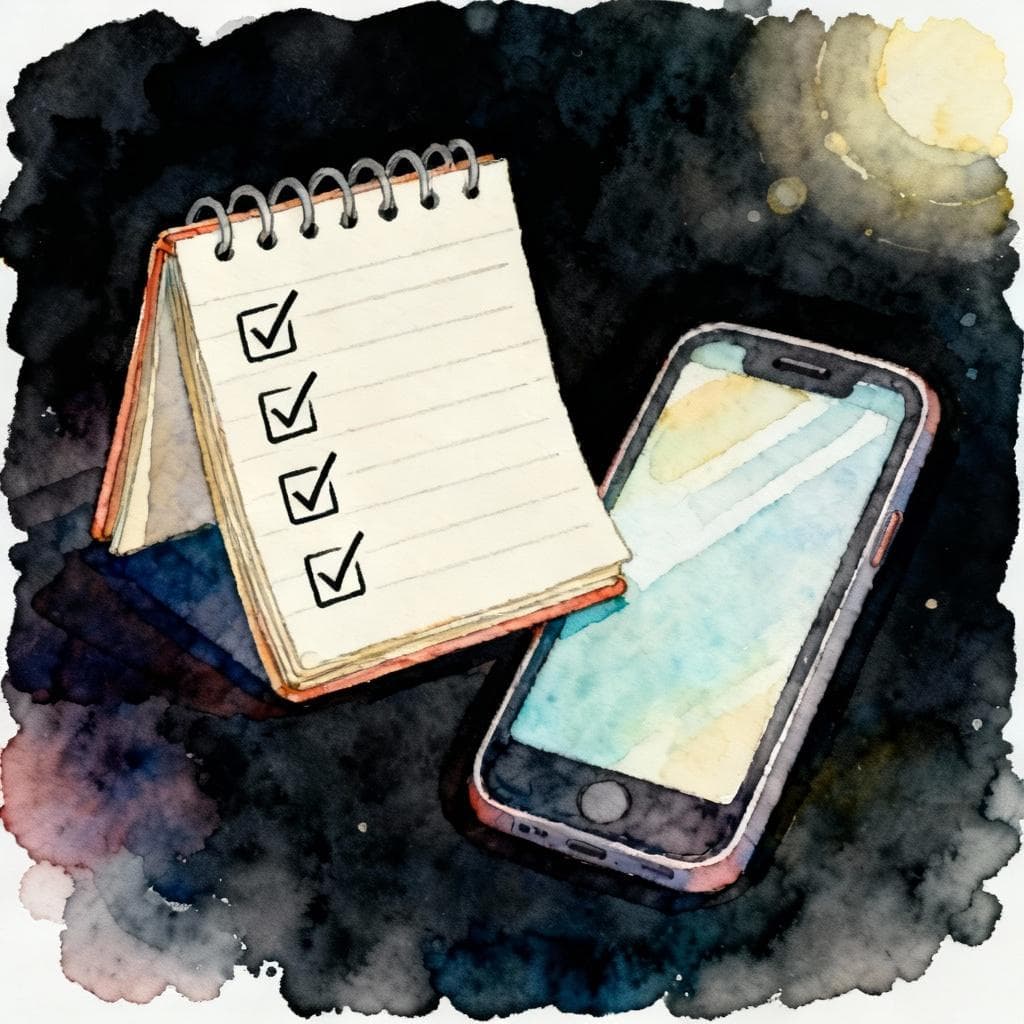Short answer: Not usually. Most people appreciate your effort to connect. It becomes rude only if you hide it, waste someone’s time, or use it in sensitive situations where accuracy really matters.
Think of translation apps as a bridge. If you walk across it kindly and carefully, people welcome you to the other side.

Golden rule
People first, app second. Be polite, be transparent, and keep your messages simple.
When it’s perfectly okay
- You are traveling and need directions or help (try our travel and transportation verbs).
- You are meeting someone new and want to be friendly.
- You are learning their language and need a little support (explore our A1 stories for friendly practice).
- You are in a casual chat where small mistakes are no big deal.
When it can feel rude
- You do not tell the person you are using a translator and it causes confusion.
- You send long paragraphs that take a long time to read.
- You discuss private or serious topics that demand accuracy.
- You ignore their effort to help and just keep showing your screen.
Use a pro in serious contexts
For medical, legal, financial, employment, or safety topics, use a professional interpreter whenever possible. Machine translation can be wrong or unclear when you need it to be exact.
What to say before you use a translator
A simple, respectful heads up goes a long way. Here are quick Spanish scripts you can show or say:
- Hola, estoy aprendiendo español.Hello, I am learning Spanish.
- ¿Puedo usar un traductor para hablar contigo?May I use a translator to speak with you?
- Gracias por tu paciencia.Thank you for your patience.
For more basics, see Basic greetings and phrases.
Which opening line feels most respectful?
Smart rules for using any translation app

- Keep it short. One idea per message.
- Avoid slang, idioms, and humor that depends on wordplay (If you're curious later, browse idiomatic expressions and sayings.).
- Use names and dates clearly. Avoid pronouns like “it” without context.
- Check the text the app produces. If it looks too long or too fancy, simplify the original.
- Show the screen if needed, then read it aloud slowly.
- Confirm understanding. Ask “Does that make sense?” or “Could you repeat that?”
Make your Spanish sound more natural
Polite requests often use the conditional; review the conditional tense to see why “podrías” sounds softer.
Drag the handle to compare
Choosing between tú and usted also matters in politeness; see formal vs informal registers.

Try this quick reorder challenge to build polite phrasing:
Arrange the words to form a correct sentence:
A simple flow for real conversations
- Greet and disclose. “Hi, I am learning. May I use a translator?”
- Speak or type a short sentence.
- Show the translation and read it.
- Pause for their reply. Use gestures or repeat if needed.
- Thank them and close politely.
To connect your ideas smoothly, practice connectors and sequence words.
Useful mini phrasebook
- ¿Hablas inglés?Do you speak English?
- Por favor, habla despacio.Please speak slowly.
- ¿Podrías escribirlo para mí?Could you write it for me?
- No entiendo.I do not understand.
- Un momento, por favor.One moment, please.
Traveling soon? Review booking travel and accommodation.
Cultural notes and expectations
- Many people are happy to help if you show effort and gratitude.
- In busy settings like shops or transit, keep it very short.
- In professional settings, ask first and be extra clear.
- In group chats, do not slow the whole group. Switch to simple English or follow up one on one.
For polite workplace interactions in Spanish, learn formal commands (usted/ustedes).
Progress beats perfection
Learn 5 to 10 key phrases for greetings, apologies, and requests. Use the translator only for the parts you truly cannot say yet.
Bottom line
Using Google Translate is not rude when you are polite, honest, and brief. Ask permission, keep sentences simple, confirm understanding, and save serious topics for a professional interpreter. Do that and people will remember your kindness more than your mistakes.
If you want to rely less on the app, practice a few friendly phrases each day. Small steps add up fast.